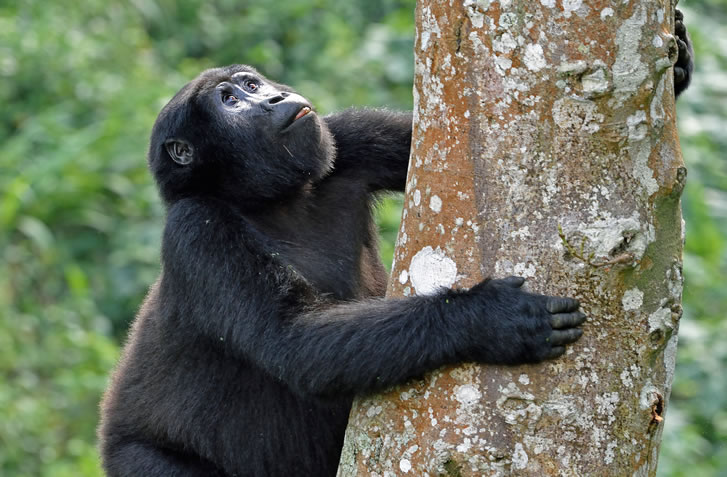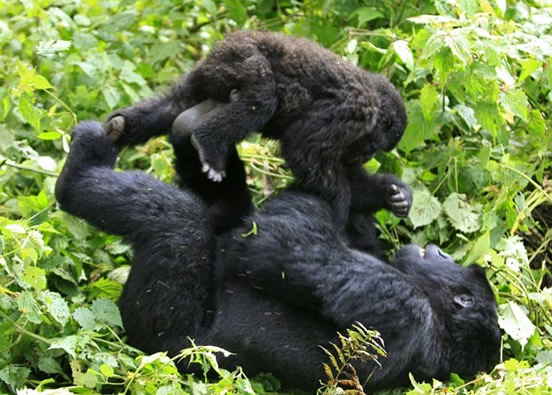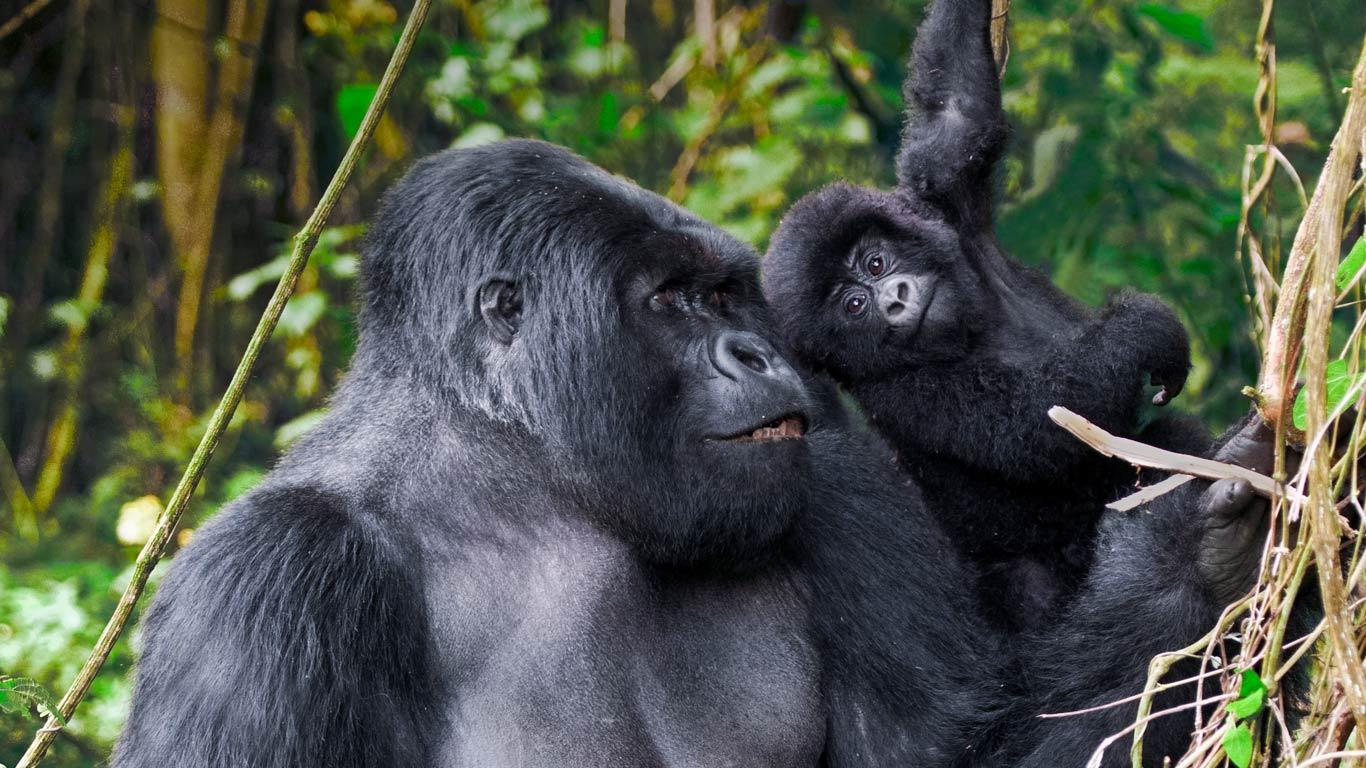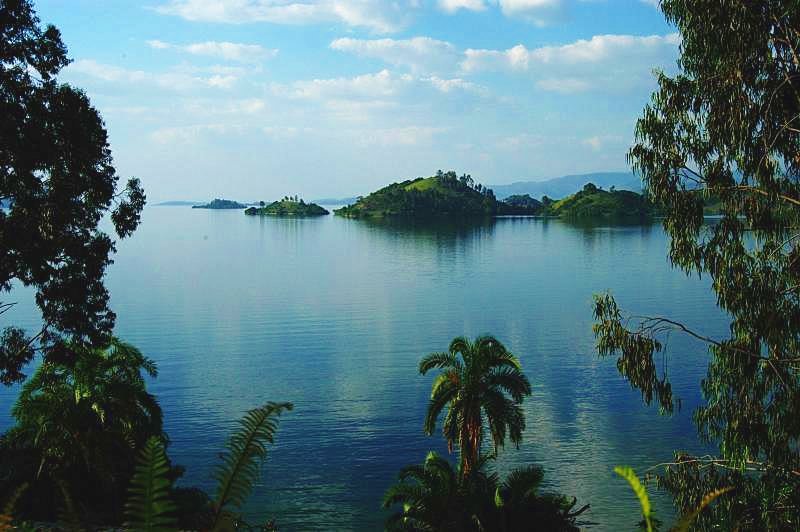Is gorilla trekking experience worth the money?
Is gorilla trekking experience worth the money? Yes, gorilla trekking experience in Africa is absolutely worth the money or cost. To most tourists who have taken part and time to participate in gorilla trekking in Uganda, Rwanda, and the Democratic Republic of Congo, they have described this primate adventure as a priceless experience, magical, thrilling, lifetime or life-changing experience.
Regardless of the high costs, the strenuous hikes, and the long time spent searching for mountain gorillas, gorilla tours in Uganda, Rwanda, and D.R. Congo still stand out as Africa’s best wildlife experiences worth taking part in. To some travelers who have not been on gorilla safaris in Africa, they have raised countless questions such as ‘Is gorilla trekking experience worth the money?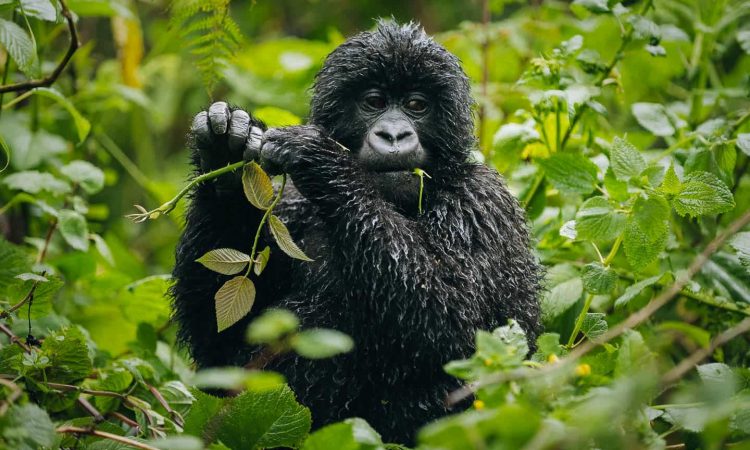
Gorilla trekking in Africa is an outstanding wildlife experience any traveler shouldn’t miss out. Tourists on gorilla safari experience that actual magical feeling of being in the African jungles and the opportunity to have a face-to-face with massive gorillas- witnessing how these unique creatures are so close to humans. There are only 4 National Parks in the world to visit to see mountain gorillas- Bwindi Impenetrable National Park and Mgahinga Gorilla National Park for tourists on gorilla safari in Uganda.
Volcanoes National Park is the only Rwanda National Park to visit to see gorillas when you visit Rwanda. Lastly, Virunga National Park in D.R. Congo also protects some of the world’s impressive creatures. Visiting any of these 4 National Parks for gorilla trekking guarantees you an authentic experience and value for your money.
Understanding the worthiness of gorilla trekking experience
Gorilla trekking permits
The cost of gorilla trekking permits does vary from one gorilla destination to another with Uganda presently issuing her gorilla permits to eligible gorilla trekkers at USD700 per person (for Foreign Non-Residents), US$600 (for Foreign Residents), and 250,000 Uganda Shillings (per citizen in East Africa Community). In Rwanda, gorilla trekking permits are available for booking by persons above 15 years at USD1500 per tourist on Rwanda gorilla safari. Unlike Uganda and Rwanda, the D.R. Congo issues out gorilla trekking permits at only USD450 per visitor per day.
The cost of a gorilla permit includes a long list of things such as the cost for gorilla protection and conservation considering the fact that these are endangered species, research activities, paying for staff (guides, trackers & other park officials)/scientists/conservationists/vet doctors involved in the day to day monitoring and other conservation activities. Besides, a portion of what tourists on a gorilla safari pay for gorilla permits is given back to local communities to finance most of the local projects.
Time spent with gorillas- is it really worth it?
There is only one (1) hour the park official allows tourists to spend with a habituated family of gorillas in the wild. A number of things are done during the one hour including taking pictures, learning in-depth about how gorillas behave as explained by an experienced park guide and others. Viewing gorillas is strictly for one hour and this is done to help reduce any chance of spreading infectious human diseases such as measles, colds, flu, cough to these endangered species. Note, mountain gorillas have up to 98% DNA similar to that of humans making them very susceptible to most infectious diseases.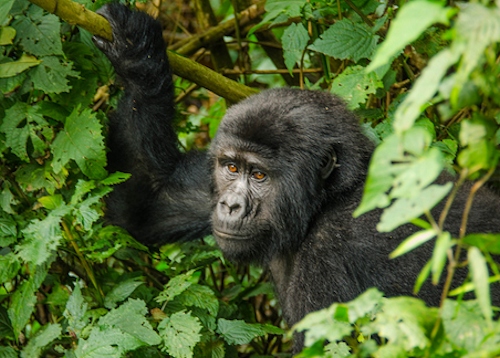
Gorilla trekking permits- Uganda
Foreign non-residents on Uganda gorilla safari can book for gorilla permits at US$700, Foreign residents US$600, and citizens in East Africa UGX250,000. This makes Uganda a budget-friendly gorilla destination in Africa.
Rwanda gorilla permit prices
To trek mountain gorillas in Rwanda, gorilla permits are a must to carry and each permit costs US$1500 per person. This is obtainable via a ground tour operator or direct with Rwanda Development Board- booking permits in Rwanda or Uganda should be done early before the actual date of visiting any of the destinations for gorilla trekking.
Congo gorilla permit prices
D.R. Congo home to both Eastern Lowland gorillas and Mountain gorillas is open for gorilla safaris. It is low-cost gorilla destination with permits costing up to US$450 per person per day.
Number of trekkers per gorilla family
A maximum of 8 visitors are accepted to participate in gorilla trekking adventures in Uganda, Rwanda or DRC. Finding a gorilla family all requires some physical wellness since it all involves hiking through the forest for some good hours about 2-6.
Where can I go to enjoy the gorilla trekking experience?
There are only 4 outstanding places to enjoy a close encounter with mountain gorillas in the wild. They include two parks in Uganda- Mgahinga Gorilla National Park & Bwindi Impenetrable National Park; in Rwanda, the one place to see gorillas is only Volcanoes National Park while visitors on Congo safaris can visit the Virunga National Park. Besides gorilla tracking, there is a number of other tourists activities to do while on a wildlife safari in Uganda, Rwanda, and Congo.
Is gorilla trekking adventure safe?
Yes, gorilla trekking is one of the very few safest adventure experiences Africa has to offer the world. During all gorilla trekking exercises, visitors are accompanied by armed park guides who lead to and from the search to see mountain gorillas. However, Uganda and Rwanda are currently the two places notably safer and secure for this life-changing experience since Congo is still recovering from the long insecurities.
What to carry for gorilla trekking 2022?
With coronavirus at hand, the need to protect mountain gorillas is high. Besides observing the set gorilla rules, there is a need to also pack well starting with hand sanitizer, at least 2 masks, a negative PCR test certificate, long pants, insect repellents, gardening gloves, sturdy hiking boots, camera free from a flashlight, daypack, long-sleeved shirt, snacks.
When to go gorilla trekking?
Gorilla trekking is an open safari activity all year-round. But, the dry season is noted for its favorable trekking conditions since it is when there are low or no rains experienced in most of the habitats. When does the dry season occur in Uganda, Rwanda or D.R. Congo? There are 2 drier spells or seasons that occur each year and they are experienced from June, July, August to September or December, January, February.

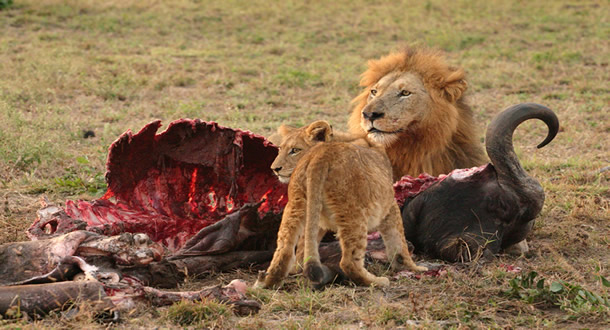
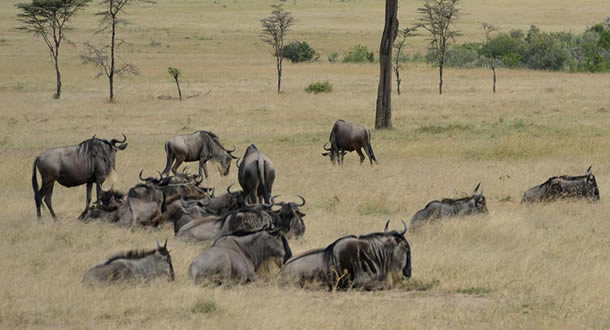 Masai Mara is without doubt one of Africa’s most famous safari destination. The game reserve is 1510sq km with breathtaking vistas, abundant wildlife, and endless plains. This large game reserve is situated in Narok County in southwestern Kenya along the Tanzanian border with Serengeti national park. Masai Mara is renowned for its exceptional populations of lion, leopards, cheetahs, and elephants.
Masai Mara is without doubt one of Africa’s most famous safari destination. The game reserve is 1510sq km with breathtaking vistas, abundant wildlife, and endless plains. This large game reserve is situated in Narok County in southwestern Kenya along the Tanzanian border with Serengeti national park. Masai Mara is renowned for its exceptional populations of lion, leopards, cheetahs, and elephants.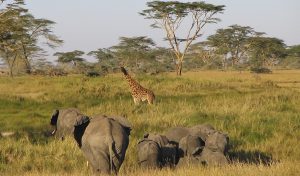 Located in northern Tanzania,
Located in northern Tanzania,  Situated in the land of a thousand hills, Volcanoes national park is located in northwestern Rwanda covering an area of 160 sq km. With surrounding views of volcanic peaks, the park is an ideal destination for
Situated in the land of a thousand hills, Volcanoes national park is located in northwestern Rwanda covering an area of 160 sq km. With surrounding views of volcanic peaks, the park is an ideal destination for 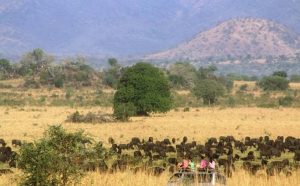 Lying in the rugged, semi-arid valleys, is
Lying in the rugged, semi-arid valleys, is  The
The 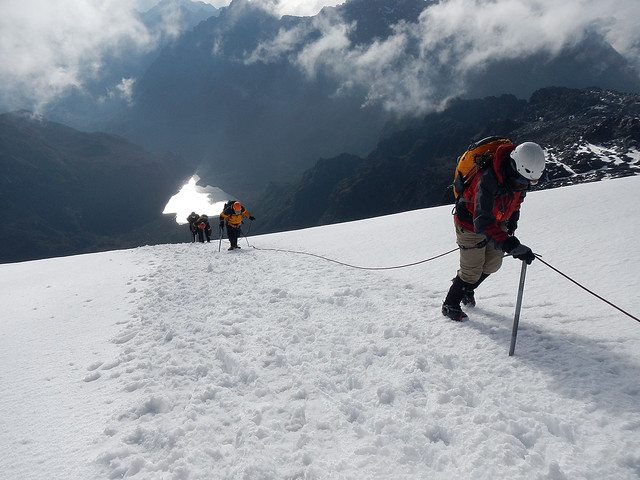 Mountain Rwenzori is the highest block mountain in Uganda and third highest in Africa after Mountain Kilimanjaro and Mountain Kenya. Mountain Rwenzori is located in western Uganda on the Uganda -Democratic Republic of Congo (DRC) border spanning the districts of Kasese, Kabarole and Bundibugyo.
Mountain Rwenzori is the highest block mountain in Uganda and third highest in Africa after Mountain Kilimanjaro and Mountain Kenya. Mountain Rwenzori is located in western Uganda on the Uganda -Democratic Republic of Congo (DRC) border spanning the districts of Kasese, Kabarole and Bundibugyo. Uganda is the famous destination in the world for
Uganda is the famous destination in the world for  Gorilla trekking in Rwanda is done in Volcanoes National park in the north-west of Rwanda in Musanze district formally known as Ruhengeri. It is approximately 2-3 hours drive from Kigali airport to Volcanoes National park.
Gorilla trekking in Rwanda is done in Volcanoes National park in the north-west of Rwanda in Musanze district formally known as Ruhengeri. It is approximately 2-3 hours drive from Kigali airport to Volcanoes National park.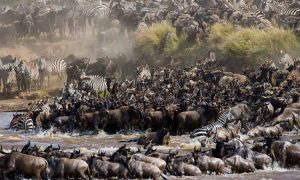 The great wilderness migration is the largest mass movement of the wild mammals from the plains of Serengeti National park in Tanzania crossing through Mara River to Masai-Mara National park in Kenya. The major animals crossing here are the wildebeests, Zebras, Elands, Gazelle which are always stalked by the lions, crocodiles, hyenas which are ready to eat them.
The great wilderness migration is the largest mass movement of the wild mammals from the plains of Serengeti National park in Tanzania crossing through Mara River to Masai-Mara National park in Kenya. The major animals crossing here are the wildebeests, Zebras, Elands, Gazelle which are always stalked by the lions, crocodiles, hyenas which are ready to eat them.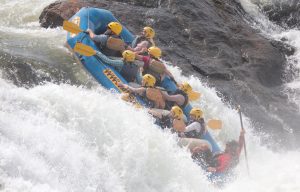 White water rafting is one of the best things to do in Uganda, it is done on River Nile in Jinja on Kayunga road at Kalagala falls. Jinja is located in the south-east of Uganda approximately 87km from Kampala on the shores of Lake Victoria near to the source of the Nile.
White water rafting is one of the best things to do in Uganda, it is done on River Nile in Jinja on Kayunga road at Kalagala falls. Jinja is located in the south-east of Uganda approximately 87km from Kampala on the shores of Lake Victoria near to the source of the Nile. The Ngorongoro crater is the world’s largest volcanic caldera with a diameter of about 18km covering an area of 260 square kilometres. Ngorongoro was once a mountain as high as Kilimanjaro Mountain and about many years ago it blew its self to bits covering Serengeti in ash and a crater formed in the mountain forming the Ngorongoro crater.
The Ngorongoro crater is the world’s largest volcanic caldera with a diameter of about 18km covering an area of 260 square kilometres. Ngorongoro was once a mountain as high as Kilimanjaro Mountain and about many years ago it blew its self to bits covering Serengeti in ash and a crater formed in the mountain forming the Ngorongoro crater.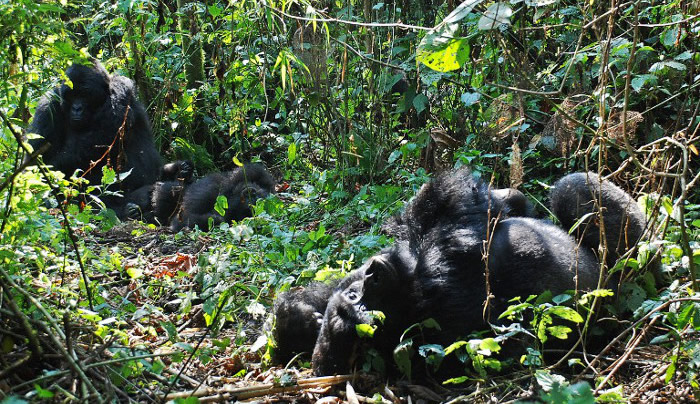
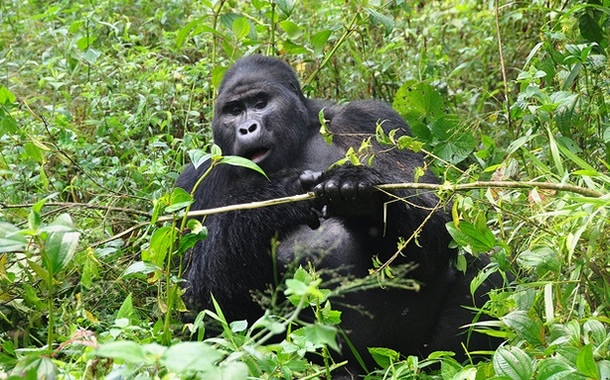
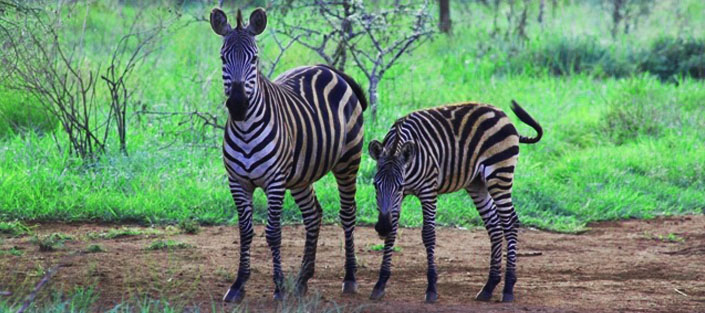
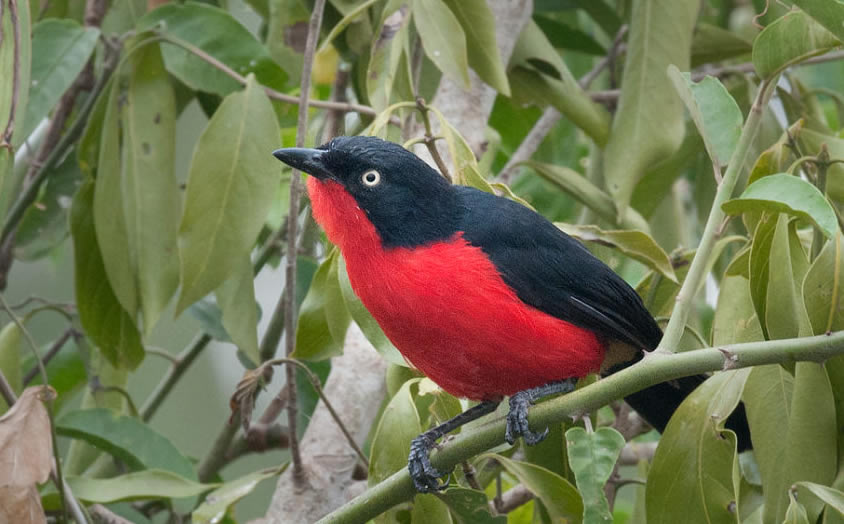 Besides wildlife, Akagera national park isa best spot for bird watching. The national park is a home to over 520 bird species some of which are endemic to the area hence a golden opportunity for travelers to see theserare bird species. Expect to see white-collared Oliveback, red faced barbet, Sousa’s shrike, Black headed Gonalek papyrus canary, Serinus koleinsis, saddle-billed stork, Fork railed drangoross’s turaco, African fish eagle, herons, Egrets, Crested barbet, open billed stork Marabou storks, Robinchat, African fish eagle. Birds are mostly seen in the swamps, forest areas and on the shores of lake ihema especially during a boat cruise. Travelers are reminded to come along with binoculars, which help to spot birds even a far distance.
Besides wildlife, Akagera national park isa best spot for bird watching. The national park is a home to over 520 bird species some of which are endemic to the area hence a golden opportunity for travelers to see theserare bird species. Expect to see white-collared Oliveback, red faced barbet, Sousa’s shrike, Black headed Gonalek papyrus canary, Serinus koleinsis, saddle-billed stork, Fork railed drangoross’s turaco, African fish eagle, herons, Egrets, Crested barbet, open billed stork Marabou storks, Robinchat, African fish eagle. Birds are mostly seen in the swamps, forest areas and on the shores of lake ihema especially during a boat cruise. Travelers are reminded to come along with binoculars, which help to spot birds even a far distance.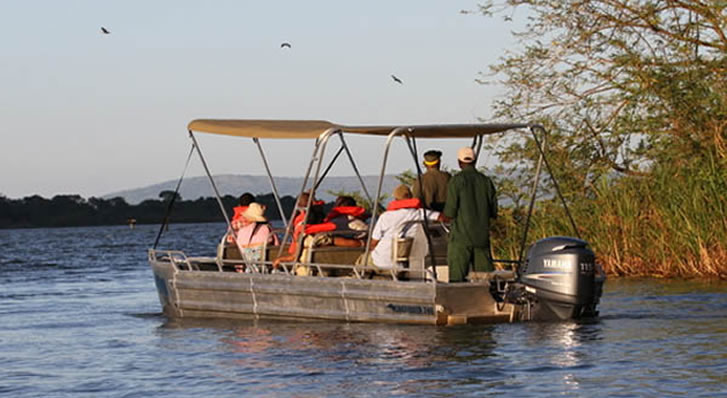 Done on lake ihema, boat cruising is a not miss on your safari to Akagera national park. The ride at the lake rewardyou with great views of hippos, buffalos, crocodiles on the shores which experience cannot be got else where in Akagera national park. Additionally, expect to see a variety of birds such as shoebill stork, fly egrets and red-billed stork among otters. More still, a boat cruise provide you with a fresh feeling of fresh airs as well as spectacular views of the neighboring communities. Boat cruising is mostly done in the afternoon hence a best way to relax and chill.
Done on lake ihema, boat cruising is a not miss on your safari to Akagera national park. The ride at the lake rewardyou with great views of hippos, buffalos, crocodiles on the shores which experience cannot be got else where in Akagera national park. Additionally, expect to see a variety of birds such as shoebill stork, fly egrets and red-billed stork among otters. More still, a boat cruise provide you with a fresh feeling of fresh airs as well as spectacular views of the neighboring communities. Boat cruising is mostly done in the afternoon hence a best way to relax and chill.